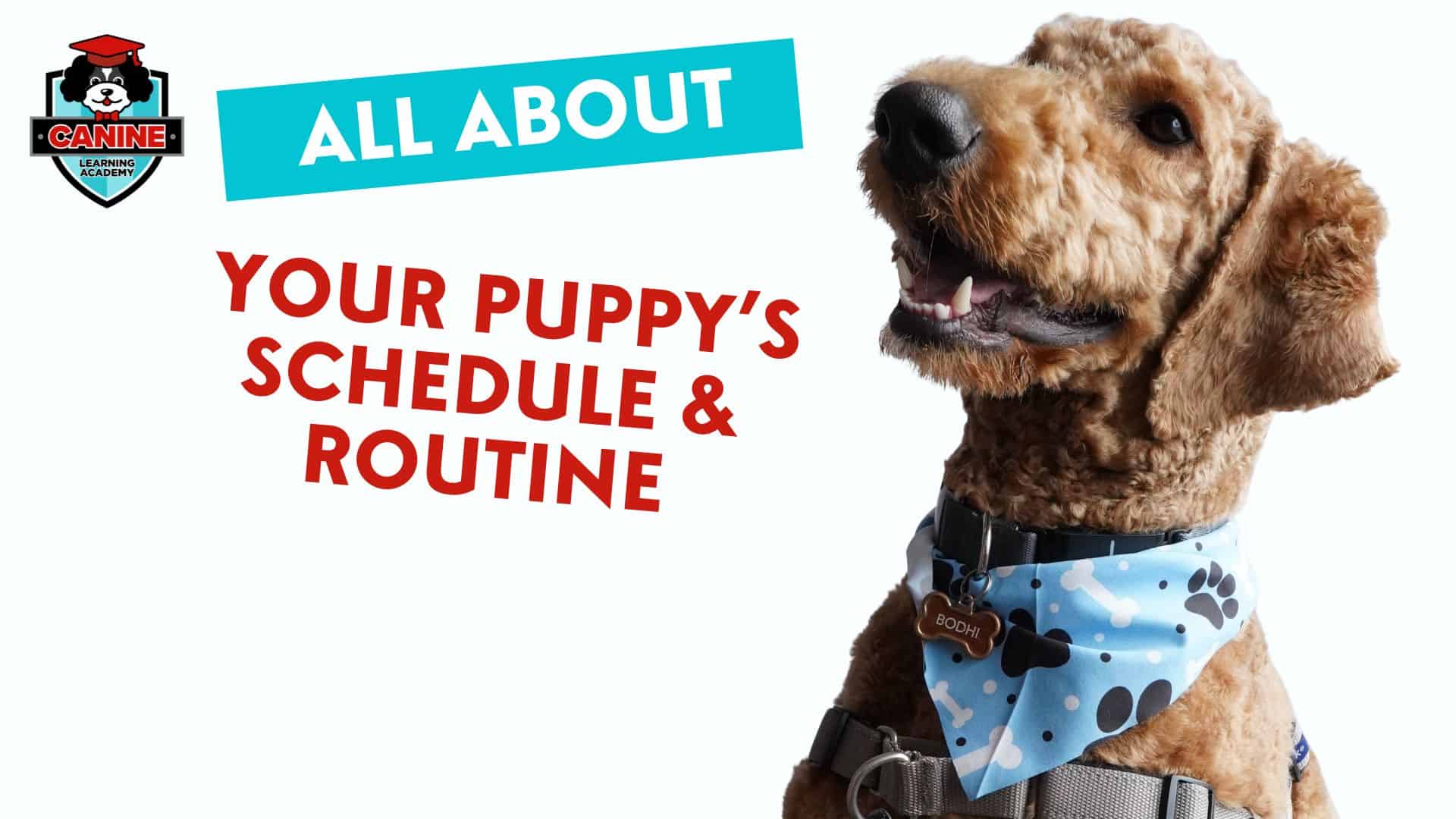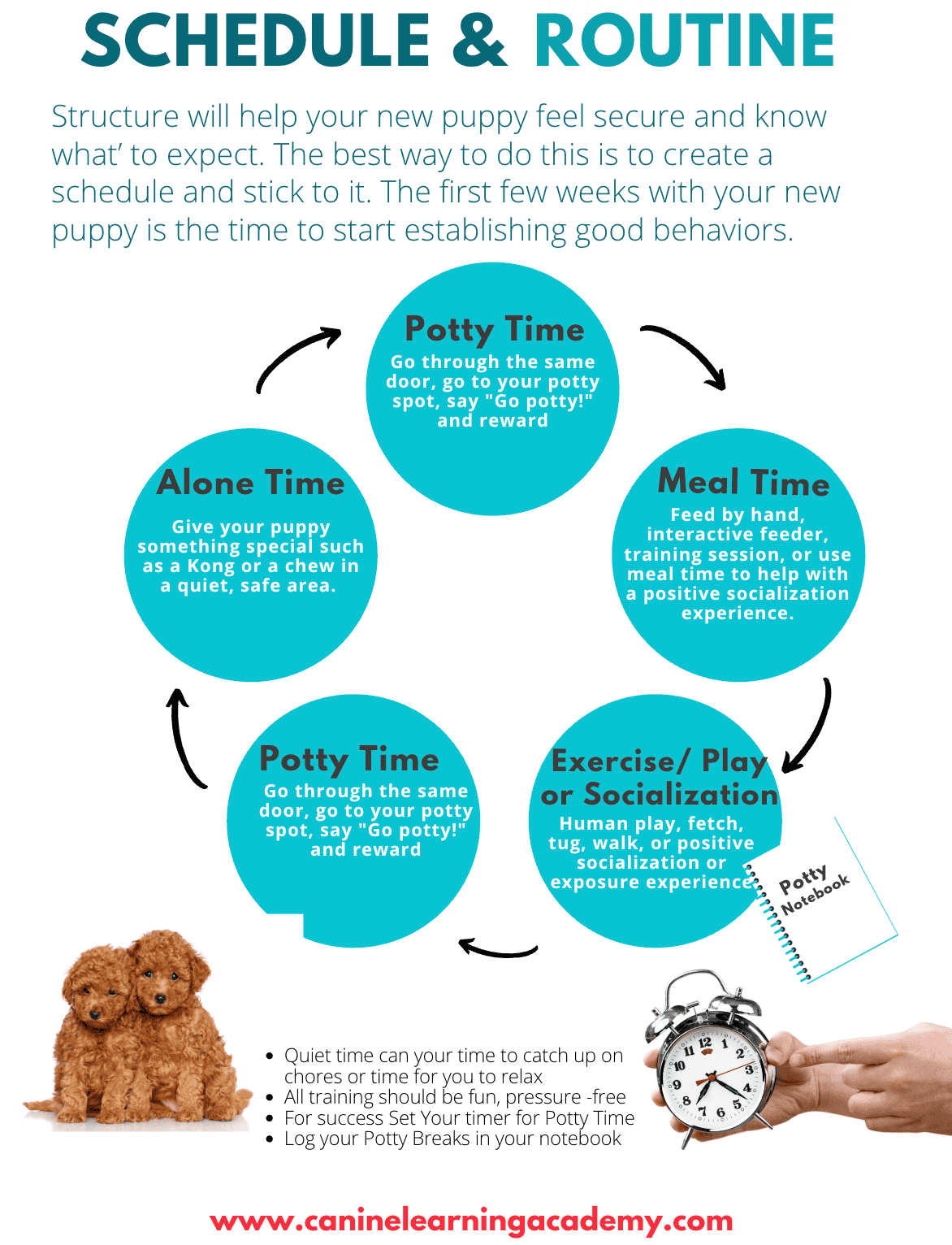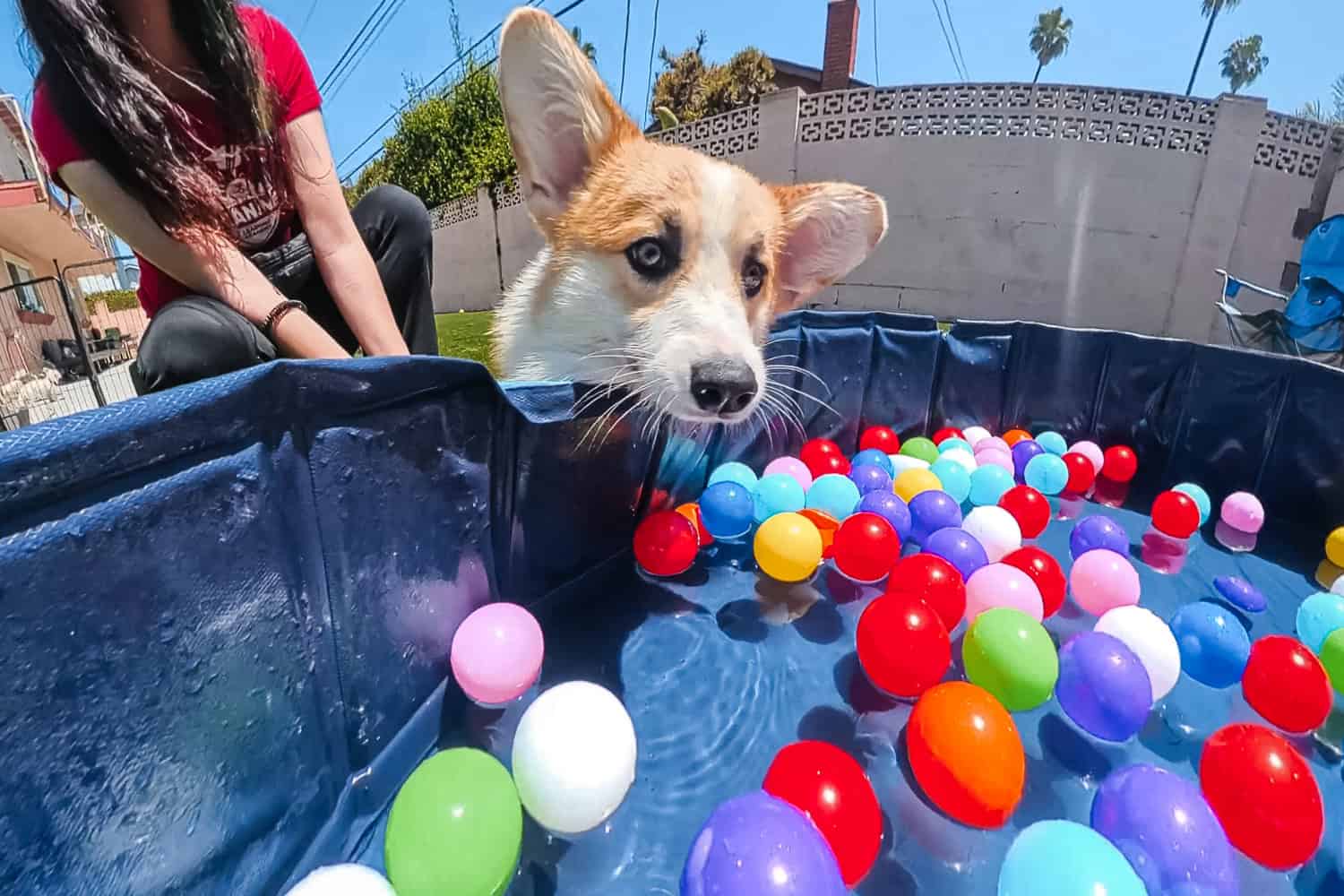Recall training with your dog doesn’t have to be stressful.
We’ve got seven fun games that you can play with your dog to nail their recall training, which are a ton of fun, and super effective too.
When dog training’s fun, you are more likely to want to get stuck in. And guess what?
Your dog’s more likely to come back when called if it’s fun to do. Gamify your training and enjoy the process of training your dog.
Finding Your Dog’s Motivation
We’ll get onto the recall training games in just a moment, but first, we need to discover your dog’s motivation.
Just like people, dogs have varying likes and dislikes. Therefore, when teaching your dog new things, you need to use rewards that they really want. This will make all the difference to your training success.
For some dogs, attention is their greatest reward. Others love food or play with toys. Your dog might also love environmental rewards such as sniffing and exploring,
Discovering what your dog loves is a world of fun.
Get stuck in trying different treats and games to see what your dog loves the most and finds most rewarding. Food is a great reinforcer for many dogs. It’s something they need each day anyway, so consider using their food allowance to train with.
You’ll also want to look for higher value treats for times when distractions are higher; treats like cheese, chicken, or beef can really get your dog’s attention and motivate them to work with you.
Have fun playing detective
Look at the world around you and watch for the things your dog is drawn to. These are the clues that reveal what gains your dog’s attention. With a little creativity, you can recognise these as motivators and incorporate them into your training sessions. Think outside the box and keep things varied, and you’ll discover wonderful results.

For example, if your dog finds it impossible to give you attention when someone’s playing ball close by, introducing ball play to your training could transform things. If your dog is super keen to meet everyone who wanders by, then being more animated and fun with your dog could help hold his attention. And if your dog just wants to put his nose down and follow a scent, then introducing scentwork to your training will help immensely.
Keep in mind that what your dog finds motivating may change depending on the environment, time of day, whether your dog’s eaten recently, or how much time they have spent playing, among other things.
This means that just because your dog loves something one moment doesn’t mean that they will the next. So, build up a selection of things your dog enjoys when you’re training together, so you will always have something enticing to reward them with.
Arriving At An Off-lead Dog Park
Taking your dog to an area where they get to enjoy off-lead freedom can be a great experience, but you’ll want to go about it in the right way.
Before you even consider letting your dog off lead, you want to make sure they have a brilliant recall around distractions and are relaxed and confident around people and other dogs.
The most important thing you can do to supercharge your training is to learn how to read dog body language. Understanding the subtle movements and expressions that your dog and other dogs exhibit will become a superpower that allows you to spot potential issues before they escalate.
As you’re approaching an off-lead area, you want to watch to see that your dog is calm and not becoming overexcited or frustrated. If your dog is struggling as you approach, things are more likely to go wrong when you arrive. So, if your dog isn’t in the right mindset, don’t worry. Change your plan and walk elsewhere instead.
As you arrive at the dog park, scan the area to see what’s happening. If you notice any dogs with concerning body language or somebody struggling to recall their dog, it’s better to leave rather than risk a negative experience for your dog.
Make sure that any playmates are well suited to your dog in terms of playstyle, size and activity level. You want your dog to learn how to interact appropriately and read social situations.

Be proactive and prevent your dog from practising inappropriate interactions. Don’t forget to bring a bowl and fresh water to keep your dog hydrated when out and about.
Right, let’s get onto the fun games you can play with your dog to train a reliable recall so you can enjoy freedom together.
7 Fun games to nail your dog’s recall training
Ping Pong Recall
Introducing ping pong recall – A really fun recall game to play with your dog which can help everyone in your family to establish great recall.
- To start, make sure every member of the family has some tasty treats or toys.
- Take it in turns to call your dog, using your recall word.
- After calling, wait for your dog to run over before marking and rewarding them with a tasty treat or some play with a toy.
- Now, it’s someone else’s turn! Have another member of your family call your dog to them, and mark and reward in the same way.
The person who recalled your dog must be the one to reward your dog. Set everyone up for success by making sure that each person has the same value rewards.
This game is a lot of fun for everyone to practice and helps build a reliable recall with every member of your family.
Back Away Recall
This recall game is a lot of fun. You’re going to need to get animated and enthusiastic for this one!
Back Away Recall involves waiting for your dog to look at you before quickly backing up, so your dog can follow you.
- Let your dog explore on their lead or long line and when your dog naturally looks up at you, start backing away.
- Enthusiastically encourage your dog to move towards you.
- As soon as your dog starts to come to you, excitedly praise them.
- When your dog gets close, reward them with something they love.
Practice lots, and your dog will be rapidly running back to you every time.
- Now you’re ready to add a cue word of your choice. Simply say your chosen cue as soon as your dog looks at you, then start moving backwards.
- Rinse and repeat – and make it fun!
The Counting Game
If you find yourself filled with dread at even trying to call your dog back, then the counting game is a brilliant concept to add to your toolbox. This can be especially useful for adolescent dogs who are keen to explore everything novel, setting your recall back ten paces.
In addition to training your usual recall cue, it can help to have a backup plan that your dog loves responding to.
The Counting Game was inspired by Chirag Patel. It’s a simple game that removes the pressure of instant success from both you and your dog.
- Gather some tasty small treats in your hand and lay them on the ground, counting them out one by one.
- Your dog won’t initially know what you’re doing, but once your dog notices all the treats on the ground, they will come running over.
- Praise and let your dog eat the food off the ground.
- Move away and start counting out treats again.
- As you practice, your dog will get quicker and quicker at responding. Generally, you’ll only have the chance to count to a lower number before your dog is at your side.
- The reason this works really well is it’s unconditional.
You’re counting and placing treats onto the floor, and your dog knows that whenever they hear the game start, rewards can be found on the ground beside you. It doesn’t matter how quickly your dog comes back, they will always get rewarded in this game.
This game is also brilliant for your own detective work.
If you find yourself counting to higher numbers before your dog responds, take notice of what it is that has your dog so distracted. Understanding the situations that make recall harder for your dog is incredibly valuable information.
Increase your distance, and use a long line in areas that make it difficult for your dog to focus.
Start playing the counting game at home or in your yard, so your dog can practise with minimal distractions. Then, when you have built up your dog’s response, you’re ready to take this game on the road to various places.
With practice, you could even use a counting game right to recall your dog back when they’re running away from you.
Hand Target Recall
Hand target recall needs your dog to be able to target your hand with their nose, so teach this first.
Once you have taught your dog to hand target, it can become an excellent alternative to your usual recall.
- Start by practising the hand touch in a quiet location.
- Mark and reward your dog as soon as they contact your hand with their nose.
- Gradually start to increase the distance you are from your dog before you ask them to touch.
- Reward your dog each time they succeed.
Be sure to choose a reward that your dog loves; this could be tasty treats, play with their favourite toy or plenty of awesome praise.
- Build up to running away from your dog each time and cueing them to touch your hand.
- Your dog will need to run to catch up with you, and this will build more urgency and excitement into the game.
When your dog is responding really quickly when you call them, you can take this game on the road and practice in different locations.
Make sure you keep your dog safe by practising on a long line and harness until your dog’s recall is excellent, even around distractions. Make it exciting and build up the difficulty in stages.
This one can become one of your dog’s favourite games to play. And a really reliable recall prompt too.
Hide and Seek
Hide and Seek is a super fun game, and it’s brilliant to supercharge your dog’s recall.
You want to practice this at home and out on a long line before progressing to playing this game off lead.
- When your dog has a great recall, distract your dog with something to smell.
- Then run away a short distance and hide out of direct sight.
- Call your dog using your recall cue, and when they come rushing over, reward them with something they love.
- Distract your dog again before running off to a new hiding place.
- Be sure to make it easy for your dog. The idea is to get them excited about finding where you went, so don’t make your hiding places too hard!
To distract your dog, simply scatter some treats on the ground to keep them busy.
The more you practice, the quicker your dog will become at finding you. Practice in lots of safe locations and watch your dog’s enthusiasm to recall skyrocket.
Recall To Middle
When teaching your dog a reliable recall, it’s important to keep it fun. Calling your dog to the middle position is an excellent addition to your recall toolkit.
- Start in a quiet location and use a food lure or a toy to target to guide your dog into the middle position.
- Mark and reward your dog between your legs.
- As your dog gets really good at this, you can fade out any food in your hand.
- When your dog is rushing to position every time, you’re ready to add your chosen cue word.
- Simply say the cue and then use your hand signal to prompt your dog into position.
- You want to practice cueing your dog into position from a variety of angles so that it becomes reliable no matter where they are in relation to you.
When your dog can do this in your home or garden, it’s time to take it on the road to different locations. Remember to use a long line to keep your dog safe while they’re learning.
Recall To Sit
Recalling your dog to a sit position prevents the common issue of dogs running right by you when you recall them, or stopping just out of reach.
- Start in a quiet environment and call your dog to you.
- Mark as they come towards you and reward them just in front of your legs.
- Move away and repeat.
- After a couple of repetitions, when your dog comes, cue your dog to sit.
- Wait for your dog to put their bottom on the floor before marking and rewarding in position.
- As you practice, your dog should start to predict that you’re going to ask for a sit, and you won’t need to cue this any longer.
- Call your dog and simply wait. See what your dog does when they arrive. If your dog sits without you asking, reward them generously!
If you want to put your dog’s lead on, then scatter some treats on the ground, and you can clip the lead on while your dog retrieves their reward.
Regaining Your Dog’s Attention
There will be times when your dog loses focus and becomes distracted by things in the environment.
Sometimes these distractions can cause your dog to become frustrated, worried or over-excited.
It might only take a couple of moments for your dog to go from seeming calm and relaxed to pulling, barking and bouncing around on their lead. Knowing how to spot the early signs that things are changing and what to do to help your dog can prevent them from reaching this stage.
When you see your dog show interest in something, watch for changes in their body language that might signal they’re getting worked up. For example, your dog might start to stare, watch intently, close their mouth, hold their breath or shift their weight forward.
At this point, proactively getting your dog’s attention and moving further away can help them to cope with the situation better.
Subtle things like a deep breath or moving the lead slightly might be enough to gain your dog’s attention again. If not, you can try stroking the lead, so your dog can feel the vibrations or move into your dog’s peripheral vision so they notice you again.
When you have your dog’s attention back, you can move further away from the distraction so your dog can feel calmer again. Depending on how overly elevated your dog was getting, you might even want to throw a treat to get your dog to move quickly away with you or sprinkle some food on the ground to get your dog searching within their nose to help them relax.
Being prepared, knowing what to watch out for and how to respond will help you set your dog up for success both in their recall training and day to day life together.
TOP RECALL TRAINING TIPS:
- Always practise in low distraction environments to start with before progressing
- Use a long line and harness to keep your dog safe when training
- Vary up your training to keep it interesting and exciting for your dog
- Take note of where your dog finds it difficult, and choose appropriate locations for your dog’s level of training
Above all, have fun! Training should be enjoyable for both you and your dog. Using games is a beautiful kickstarter to keep you both motivated in your training together.
If you’d love your dog to have a blast and learn fantastic skills such as recall, loose lead walking and how to contain themselves around distractions, then check out our all-day school for dogs!





